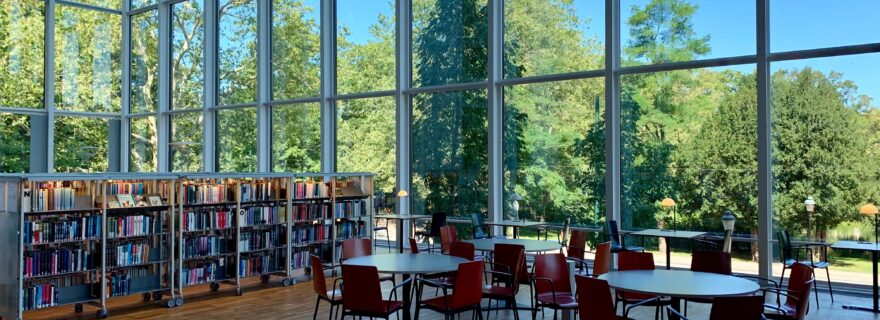Perspectives on inclusion from our students
An inclusive university from a student perspective
To me, an inclusive university is a university which is both mentally and physically accessible for everyone. I have a passion for helping students with a disability. I listen to their problems and concerns and I try to help them to the best of my abilities. I share my knowledge and experience to try to show them how to study while having a disability. My team from the Access and support platform also plays a big role in all of this. Together we try to be there for them and hope that we can make the students who often feel left out a bit more comfortable in that they know there is someone who helps, cares and truly understands them. With my platform, my team and I have helped many students over the past year, connecting them to others who struggle with the same things.
While there have been improvements in recent years, many students with disabilities still struggle to tell their story to the study advisors, student deans or teachers. They feel stuck and feel they are left on their own. With every new semester, course or even within a course with multiple teachers, they have to tell their needs and problems over and over again.
And if that is not hurtful, annoying and tiring enough, there is also not a lot of understanding and awareness among the professors, TA’s, study advisors or student deans. I can’t tell you how many times I have heard that students struggle to explain why they need certain facilities. How they just don’t get it.
Allowing students with disabilities more exceptions and facilities besides the already available extra time on exams, extra year, extra financial support could make a real difference for many. For students that have special needs, making exceptions like loosening up the rules on obligatory attendance or exam regulations could make a huge difference. For example, I know a student with bowel problems when she gets really nervous. Being able to go more easily to the restrooms by taking exams at home can be a great help. I can also use myself as an example; by having chronic back problems, autism and an anxiety disorder, going to the university posed many challenges, which could have been easily fixed by not having obligatory attendance for every class or being allowed to take exams at home. More rooms where people can sit in silence can make a real difference also for students with autism that need quiet spaces. Or what about putting stickers on stairs to help people with visual impairment to see the steps better.
Let’s talk about another example, a student that has a physical handicap, is not comfortable moving around in the buildings as many of them are simply not prepared for students in a wheelchair. Or what about the student with hearing aids, who was never able to follow physical classes, because the microphone and the hearing aids did not cooperate well. I could go on endlessly, but this is just to give you an example.
In my opinion, we just could improve so much more about the environment at the university. I and many other students with disabilities are also hoping for hybrid education as an option for students with chronic pain, energy deficiencies, diseases, physical disabilities, mental health problems and also other disabilities and or impairments. More classes online are also a great help for students with hearing problems who can put on captions. Simple things like placing in every room a few different types of chairs can help students with back pain, or movement difficulties tremendously. For example ensuring that every room has 1-2 chairs with and without arm rest or a table that is adjustable in height. More disability toilets and ensuring that there are enough lifts and the corridors are wide enough for wheelchairs would also mean a lot for integration of people with movement disabilities.
A positive development is that we have contact with some people who try to improve the situation for the students with disabilities. I am pleased that there seems to be an increasing trend in taking into account the disabled students. The library in Wijnhaven is, for example, a special place for students with a disability. The chair and table are adjustable in height and it is a quiet place to prevent overstimulation. Moreover, Fenestra is working very hard to accommodate the facilities and regulations needed for specific students.
A real challenge is how we can encourage students to find and ask for help in an environment that doesn’t have much awareness and understanding. Having to ask regularly for exceptions, re-telling their story to different teachers and sometimes not being taken seriously or not being understood can be a very painful experience. They often get tired of trying, no one can help them and then they often contact ASP. The educational system is simply not set for people who are not a ‘standard’ student. If we want to strive for an inclusive and diverse university, we should pay much more attention to the students with disabilities and strive to increase awareness among fellow students, professors, teachers, study advisors, higher up, well actually everyone who doesn’t have a disability themselves.


0 Comments